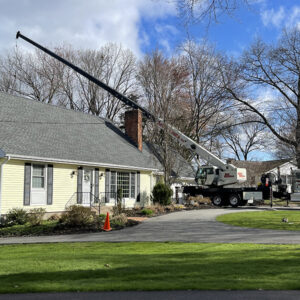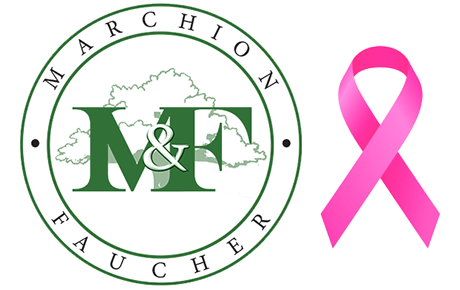22 Dec DIY Tree Removal: The Cons
 Risks of DIY Tree Removal:
Risks of DIY Tree Removal:
- Safety Hazards:
- Inadequate equipment or lack of experience can lead to accidents, causing injuries to yourself or others.
- Falling branches or trees can damage property, vehicles, or nearby structures.
- Lack of Expertise:
- Incorrect cuts or techniques might result in the tree falling unpredictably, causing harm to individuals or property.
- Misjudgment of tree stability or weight distribution can lead to dangerous situations.
- Legal Issues:
- Local regulations might require permits or adherence to specific guidelines for tree removal. Lack of awareness could result in fines or legal consequences.
- Property Damage:
- Improperly felled trees can cause damage to buildings, utility lines, or neighboring properties.
- Incomplete Removal:
- DIY efforts might not entirely remove the tree, leading to potential regrowth or safety hazards from remaining stump or roots.
Expenses of DIY Tree Removal:
DIY tree removal requires specific tools and equipment to ensure safety and efficiency. Here’s a list of essential equipment you might need:
- Protective Gear:
- Hard Hat: Protects your head from falling debris.
- Safety Glasses/Goggles: Shields eyes from wood chips, sawdust, or debris.
- Gloves: Provides grip and protects hands from cuts and blisters.
- Ear Protection: Reduces the noise of chainsaws and other equipment.
- Tree-Cutting Tools:
- Chainsaw: Essential for cutting through the trunk and larger branches. Ensure it’s the appropriate size and power for the tree you’re removing.
- Hand Saw or Pruning Saw: Useful for smaller branches or precise cuts where a chainsaw might be too large.
- Climbing Gear (if applicable):
- Safety Harness: If you’re climbing the tree, a harness secures you to the trunk or a stable structure.
- Tree Climbing Spikes: Aid in ascending the tree safely. Note: Using climbing spikes can damage the tree and should be avoided unless the tree is being removed entirely.
- Ladders or Elevated Platforms:
- For reaching higher branches safely, sturdy ladders or elevated platforms are necessary.
- Ropes and Pulleys:
- Assist in controlling the direction of the tree’s fall by using ropes and pulleys for leverage and guidance.
- Felling Wedges:
- Help control the direction of the tree’s fall, especially useful for larger trees.
- Stump Removal Equipment (if needed):
- Stump Grinder: If you plan to remove the stump, a stump grinder helps grind it below ground level.
- Mattock or Shovel: For digging around the stump and exposing roots.
- Protective Barriers and Warning Signs:
- Safety Barriers or Cones: If the tree removal is in a public area, use barriers to prevent access and warn people of the work zone.
- First Aid Kit:
- Essential for immediate treatment in case of any accidents or injuries.
Remember, proper training and understanding of how to use this equipment safely are crucial. It’s best to hire a professional tree removal service to avoid potential hazards or damage. Safety should always be the top priority when undertaking any tree removal project.
While DIY tree removal offers potential cost savings and a sense of accomplishment, the risks involved—especially related to safety, property damage, and legal compliance—make it a task best suited for experienced professionals. Hiring certified arborists or tree removal experts ensures safety, expertise, and proper adherence to local regulations, mitigating risks associated with tree removal. Safety should always be the primary concern when considering any tree removal project. Call Marchion and Faucher today for professional tree removal throughout Connecticut.



